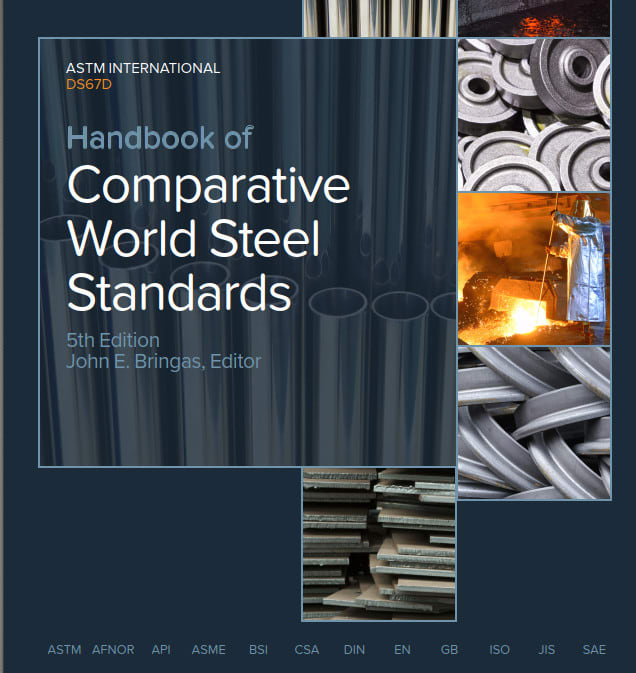Fuzzbox 100
Mechanical
- Feb 8, 2022
- 23
Is there a definitive document / publication I can refer to to give me up to date and accurate materials equivalents between the various national standards? ASTM to DIN to BS EN etc.
I've found a number of manufacturer's tables and comments online but this being the 'internet' I'm not sure that i can entirely trust them!
I've found a number of manufacturer's tables and comments online but this being the 'internet' I'm not sure that i can entirely trust them!

